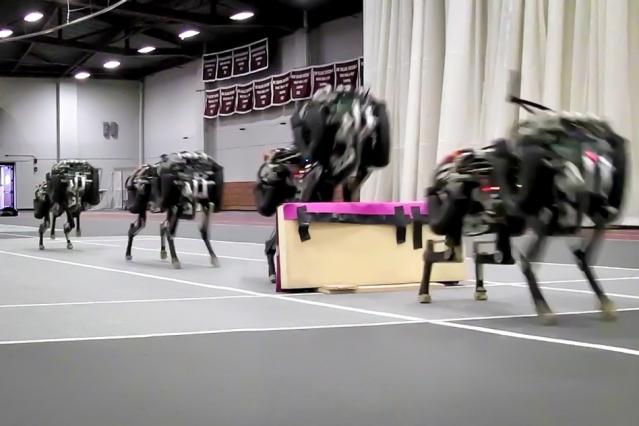In “The Terminator,” the hostile AI Skynet deployed bulky, slow, human-looking androids to exterminate the remnants of humanity that had survived the nuclear apocalypse. In a real world scenario where AI wages war against humanity, they would probably use something smaller, and more agile and swift—robotic cheetahs, for instance.
Machines made in the image of predators in the animal kingdom are an old trope in science fiction. Now, MIT researchers have inched that fiction one step closer to reality: they’ve created a robotic cheetah that detect obstacles in surroundings and “hurdle” over them.





